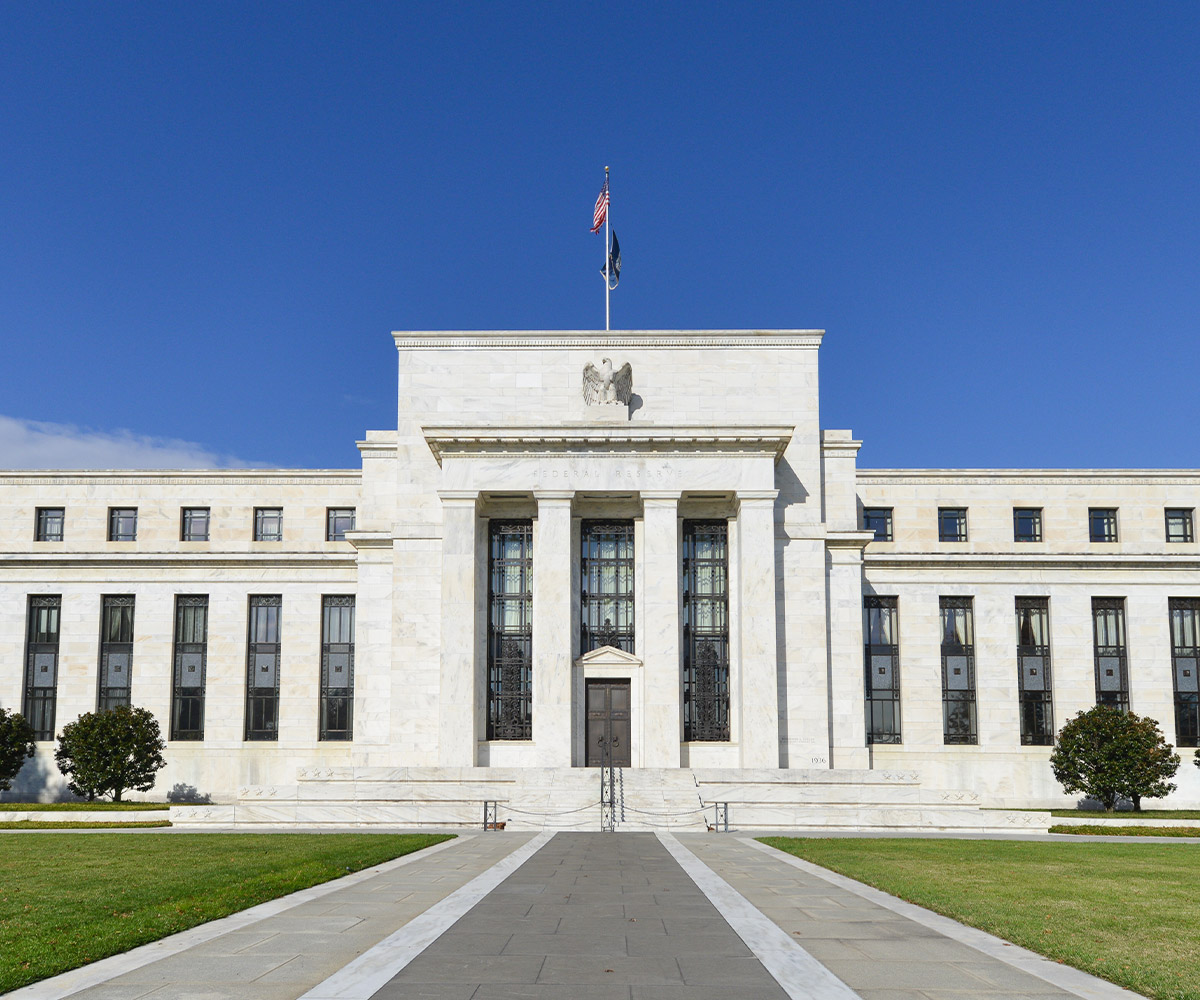How should investors look at rising US employment and falling asset prices? A recession that’s not yet
is not good.
We continue to believe the Fed is running a pro-cyclical monetary policy, first stoking an inflationary boom, then tightening sharply into a slowing economy. The depth and duration of the coming weaker period for the world economy is highly uncertain. This leaves us to focus on the most certain sources of return: interest payments and dividends from investment grade governments and corporates.
Despite near-term inflation of far greater-than-expected scope, we see growing risks of economic contraction in 2023 and inflation subsiding. In reaction, we have reduced our exposure to inflation hedges
in equities and added further to our overweight in high grade fixed income.
We raised our overweight to intermediate-duration US investment grade corporate bonds to +3.5%, investing in less volatile, lower risk fixed income at a yield close to 5%. Along with other small shifts, this raised our total US fixed income overweight to +10.2%, including a 4.5% overweight to US Treasuries.
While we see commodity supply disruptions from Russia continuing, we eliminated our overweight in oilfield services given its high beta (relative volatility) and overlap with more profitable and higher yielding natural resources firms. This reduced our global equities weighting from +2% to neutral. Excluding commodities-related investments, our global equity weighting remains at -2%.
After a period of outperformance within fixed income, we eliminated our overweight to high yield variable rate loans, reinvesting the proceeds in investment grade preferred stock. Since we eliminated high yield bond holdings in favor of loans in early in 2021, loans have returned -0.8% and high yield bonds -8.5%. Loans have benefited from their floating rate structure, with the Fed’s expected tightening cycle padding returns.
Rising economic risks and China
However, we see risks shifting from higher rates to weaker credit, with highly leveraged firms at risk. Investment grade preferred securities have fallen 12% year-to-date, pushing yields toward 6.5%, far above bank common equity yields. With other small changes in portfolios, we were able to effectively raise our capital position within financials while adding substantially to yield.
China’s economy has fallen to its weakest level since COVID first hit in 1Q 2020, with sharply higher unemployment and a 50% collapse in property sales. A refocus on achieving growth targets with policy easing should lead to stronger equity returns in 2023. Along with other cuts in thematic equities (Fintech), we’ve added another full percentage point to China equities for a 2% overweight. China’s presently weak but improving economy, low inflation rate, restrained profits, and depressed valuation suggest an unusually asynchronous position to the US.
While economic risks are rising, our overall investment strategy remains unchanged. We believe portfolios should focus on higher quality income in both fixed income and equities. Our largest off-index position in equities is an allocation to consistent dividend growth equities (+3% overweight in the US, +1% non-US). In the US, these shares have fallen, but outperformed by nearly 900 basis points in 2022-to-date. Our largest industry group weighting is global pharmaceuticals, which have returned -1.5% this year vs -20% for global equities.
Periods of supply shocks and demand instability are unlikely to be cured
with a monetary policy induced recession. We fear that a lack of patience from central banks can weaken the supply recovery and harm employment more than inflation is improved. A drop in inflation, however, could prove stabilizing, particularly while employment growth persists. After double-digit losses in both global equities and bonds in the first half 2022, persistent growth would easily be viewed as a positive surprise.






